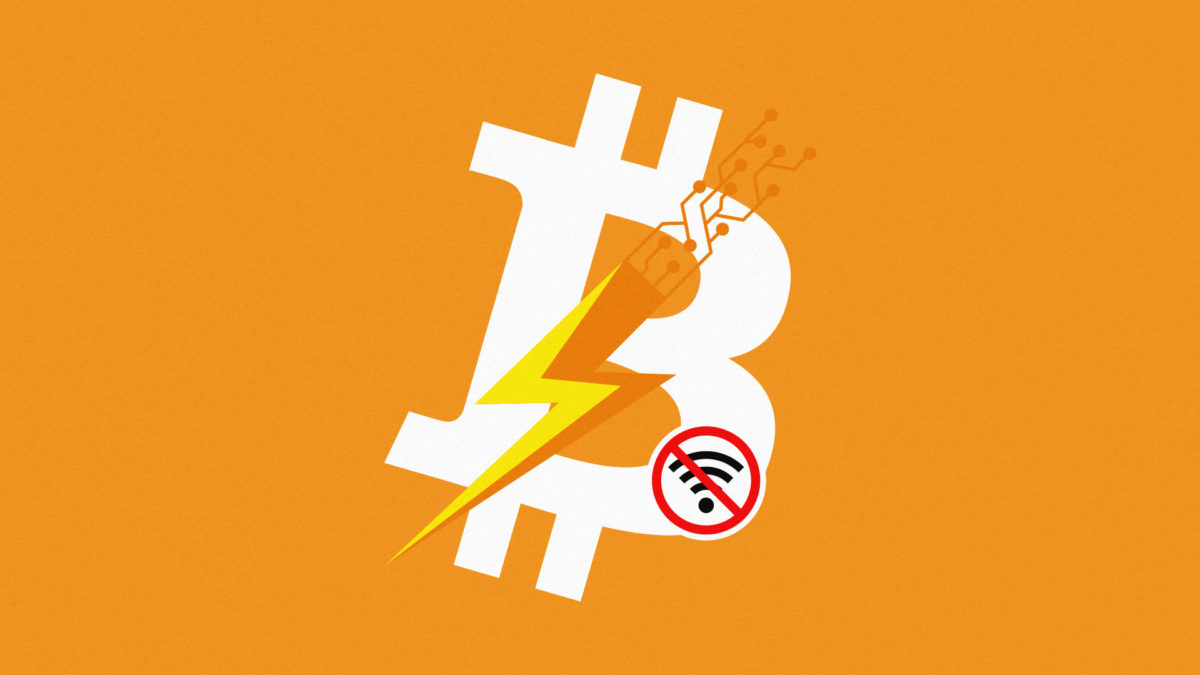Offline Bitcoin Lightning payments will soon be possible

One of Bitcoin’s popular Lightning Network implementations, Éclair, is actively testing support for asynchronous payments. The new feature will enable sending funds over Bitcoin’s most popular layer 2, even if a node is offline, such as a Lightning node on a disconnected phone.
Currently, most Lightning users seek third-party custodial services in order to escrow payments to offline nodes. Éclair’s upgrade is one of several proposals to reduce reliance on third parties to hold funds until the node returns online.
Éclair #2435 proposed a so-called trampoline relay that can temporarily hold funds until a node restores its internet connection. These nodes might include tablets, devices that automatically sleep, or any Lightning node with an unreliable internet connection.
Developers merged Éclair #2435 as an optional update for Lightning users. The developer-oriented Bitcoin Optech Newsletter describes it as a basic technology for asynchronous payments that enables trampoline relays. This basic implementation will allow experimentation.
Blockchain developer Richard Myers described Éclair #2435 as the first step in addressing Issue #2424, which outlines seven tasks devs will need to complete before asynchronous payments are fully activated.
Offline Lightning payments still a work in progress
Other developers like Matt Corallo believe Point Time Locked Contracts (PTLCs) are a better solution for offline Lightning payments than trampoline relays.
PTLCs provide an alternative method for securing conditional payments by locking them with a public key and unlocking them with a corresponding signature once the node regains an internet connection. Developers say PTLCs will make conditional payments more private and take up less block space than an earlier hash-based proposal, HTLCs, which use hash digests and pre-images to lock and unlock payments.
While brainstorming the idea of asynchronous payments in October 2021, Matt Corallo called a PTLC-based solution his best proposal, though he suggested that he might be open to other ideas.
In contrast, Éclair #2435 does not use PTLCs. Instead, Éclair will require a third party to delay forwarding the funds until the offline node can restore its connection. Developers call it a partial implementation of asynchronous payments that serves as a first step for getting it fully up and running.
Benefits of asynchronous payments
Regular Layer 1 bitcoin transactions are always possible to any address regardless of internet uptime. Lightning, however, requires synchronous internet connection to sign the contract needed to move bitcoin between Lightning users.
The idea of asynchronous payments on Lightning Network arose from a brainstorming thread started by Bitcoin Core developer Matt Corallo. He cited a shortcoming of the Lightning Network: people want to use it for tips or to receive payments on their phone without having their Lightning app online and running all the time.
Corallo mentioned some work-arounds that are occasionally effective yet add extra steps or expense to the process.
Whether by trampoline relays, Hashed or Point Time Lock Contracts, or another form of cryptography, asynchronous payments will soon become possible over Bitcoin’s low-cost Lightning Network.
The initial Éclair test implementation of asynchronous payments prioritizes offline Lightning payments. Éclair bounces funds off a trampoline relay that can temporarily hold funds until the node comes back online.
For more informed news, follow us on Twitter and Google News or listen to our investigative podcast Innovated: Blockchain City.
